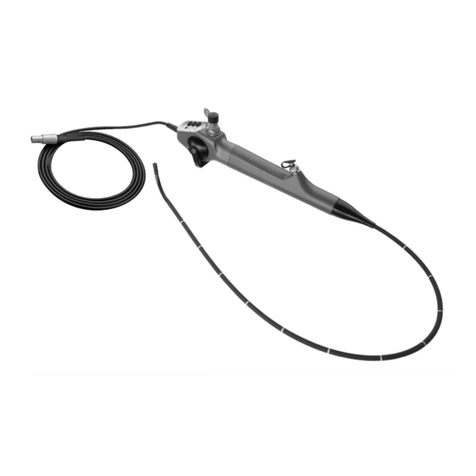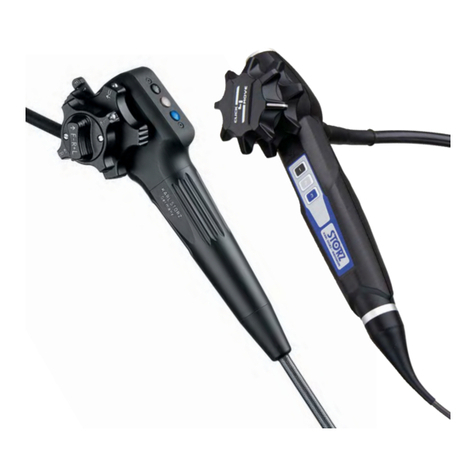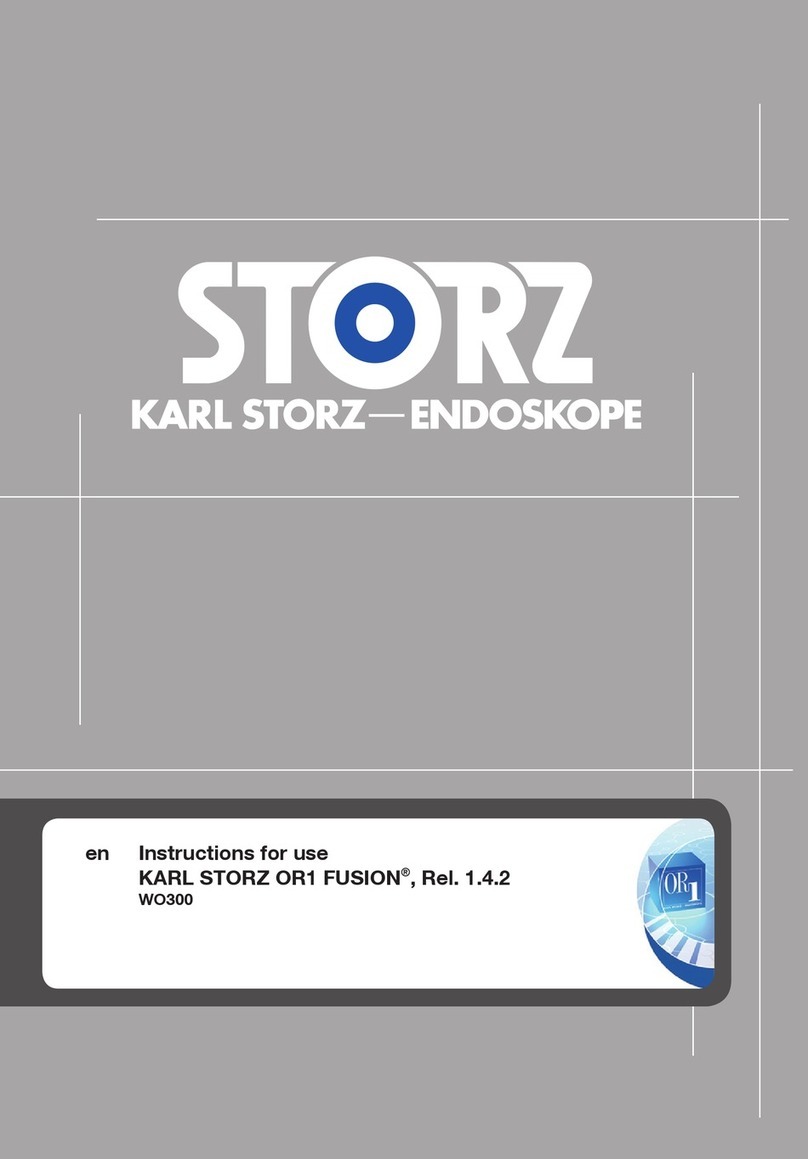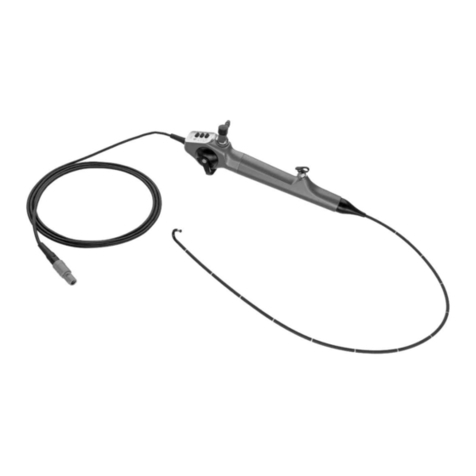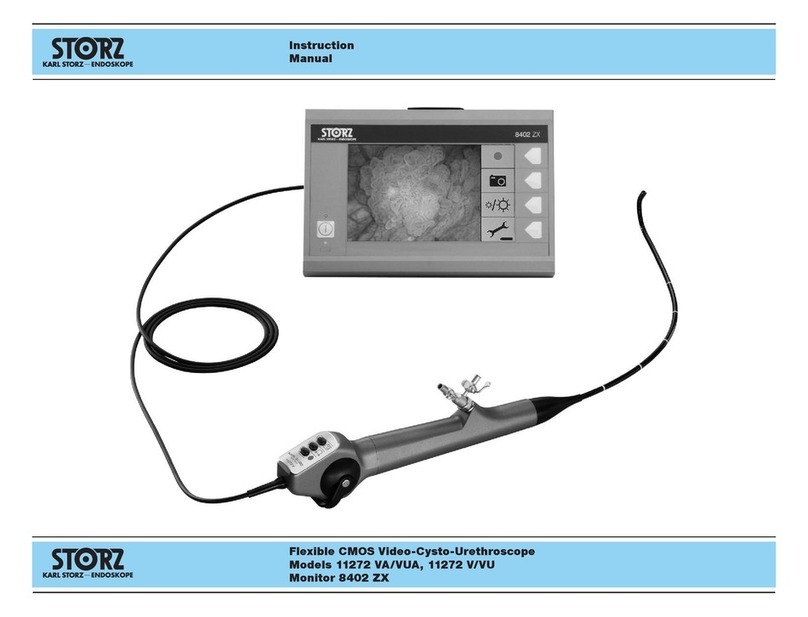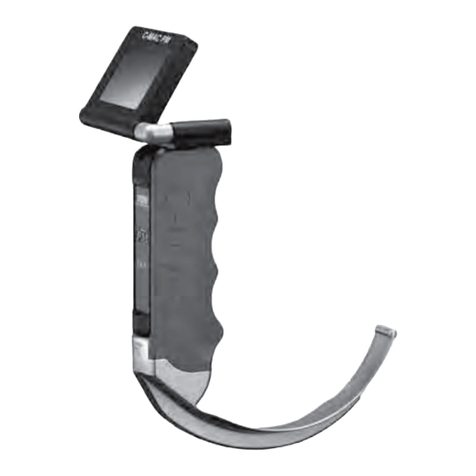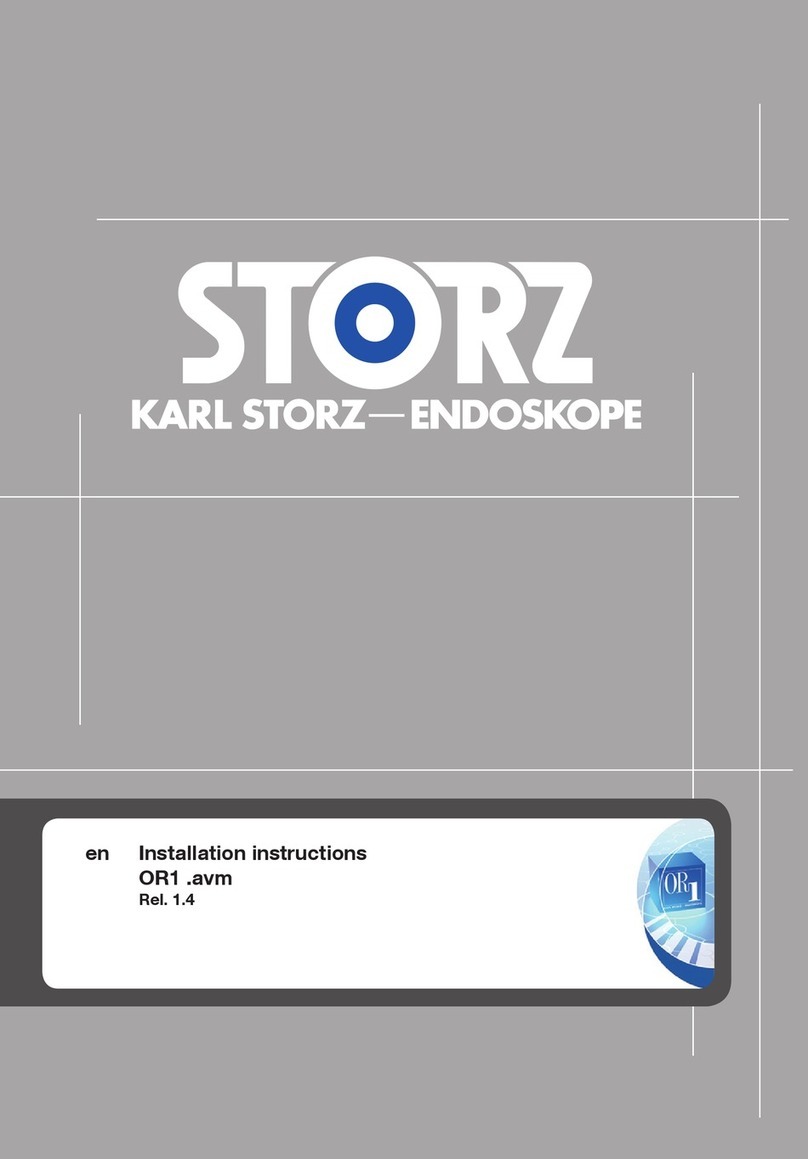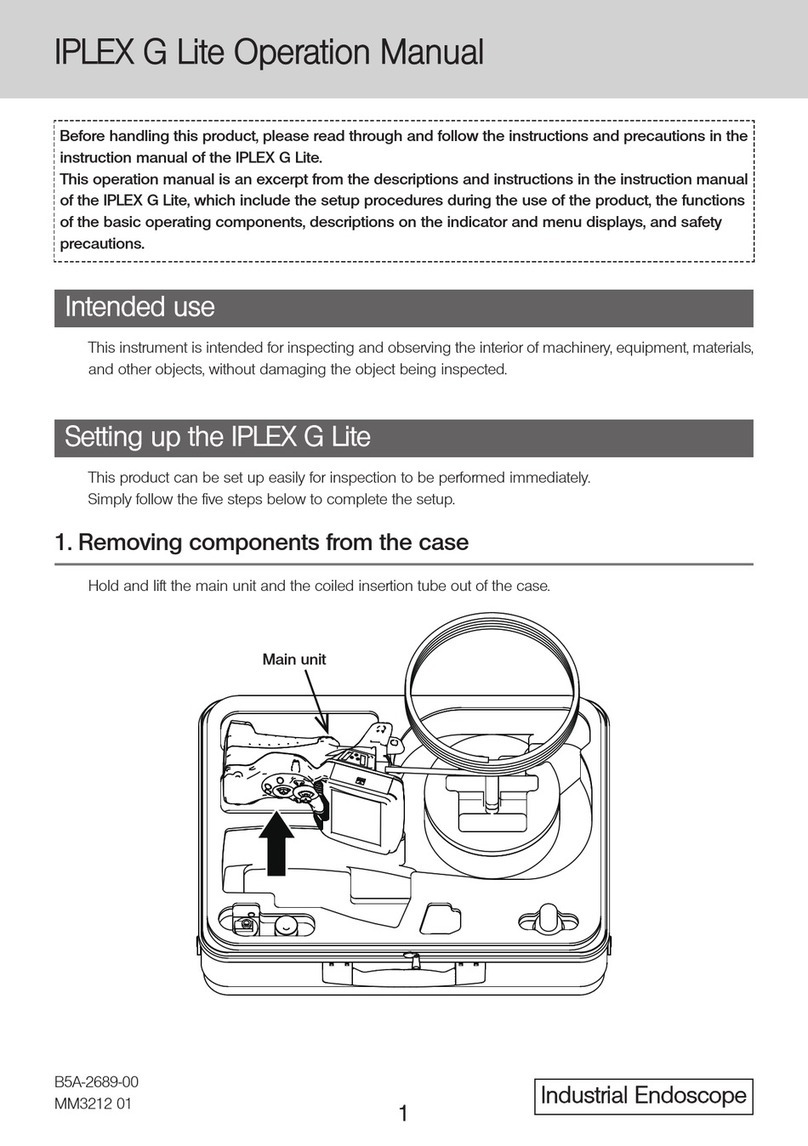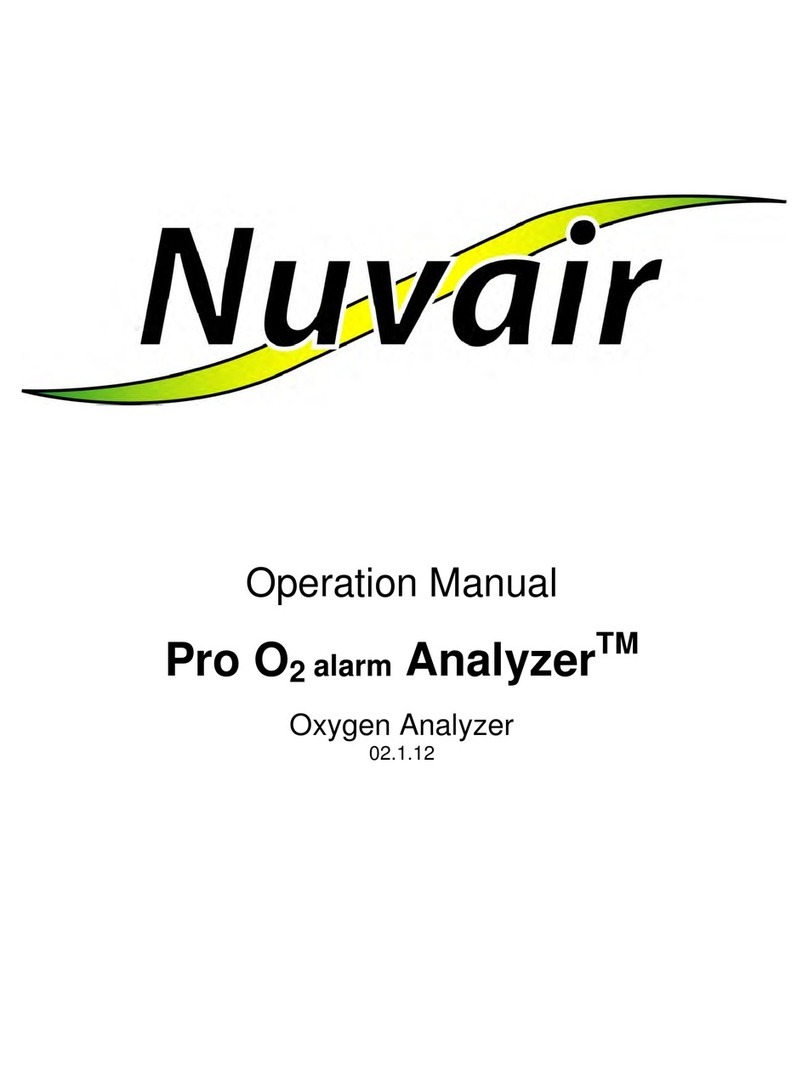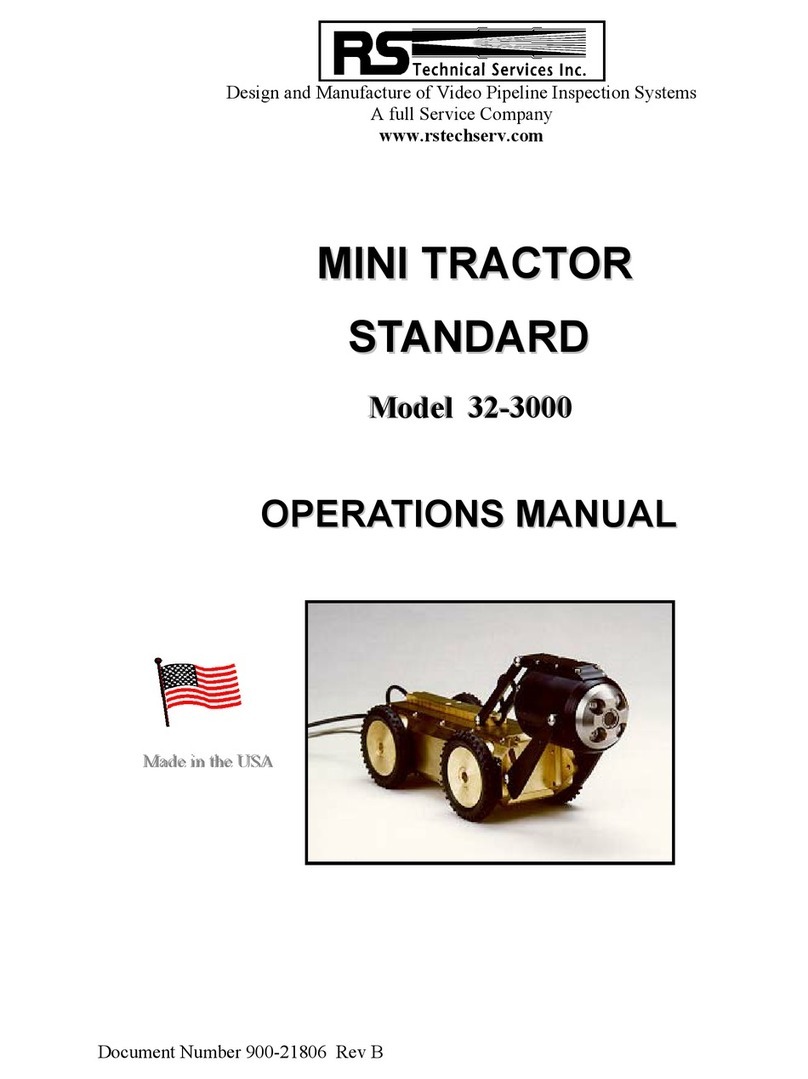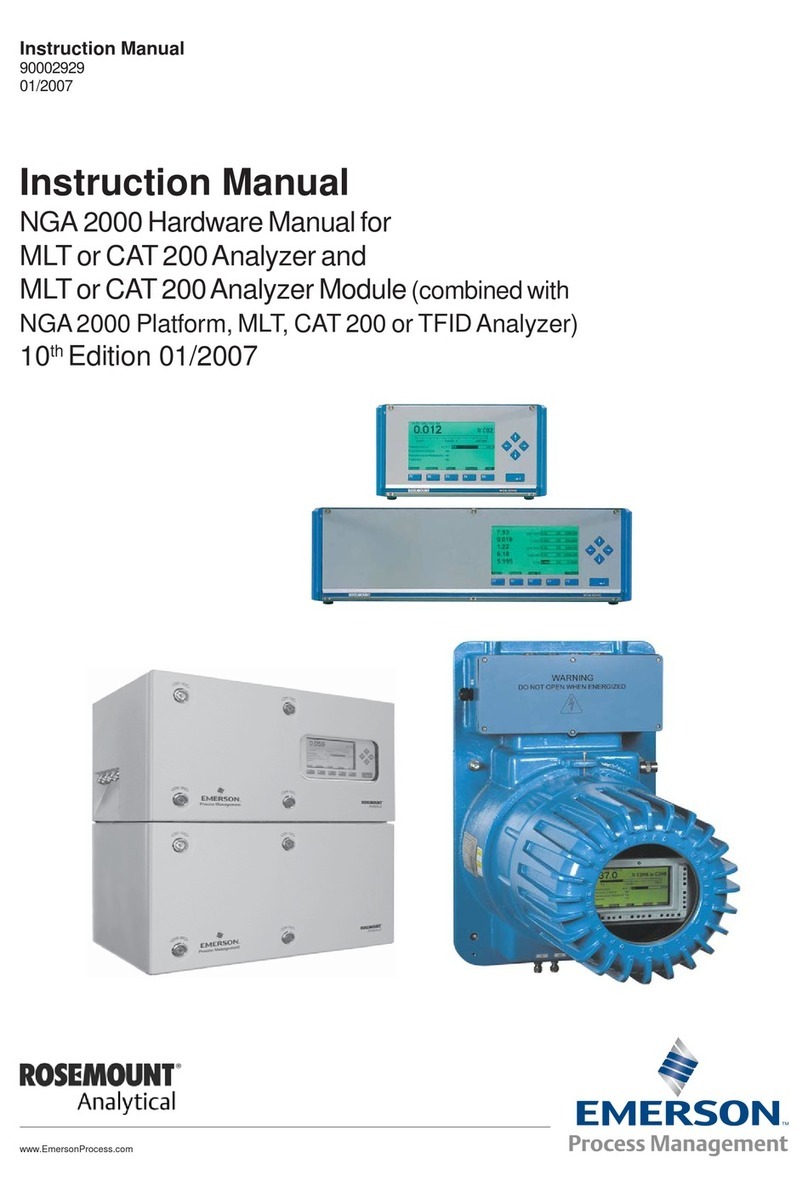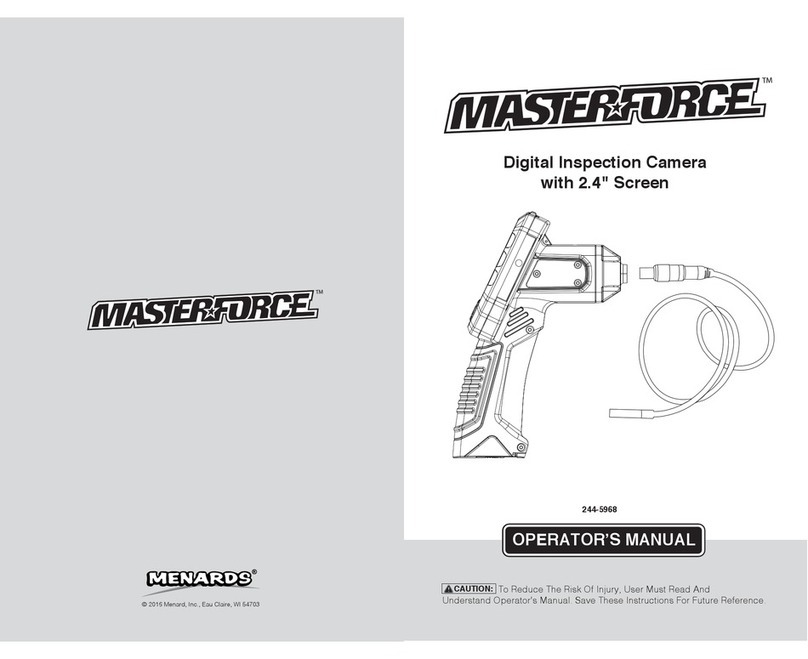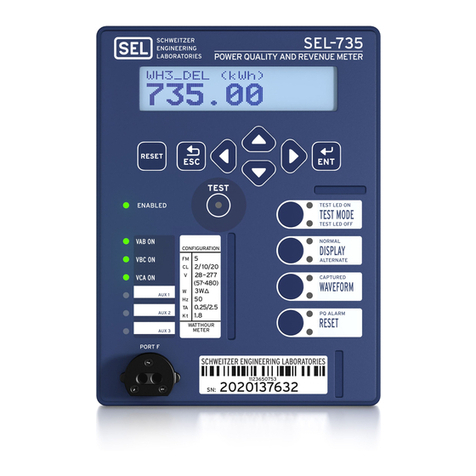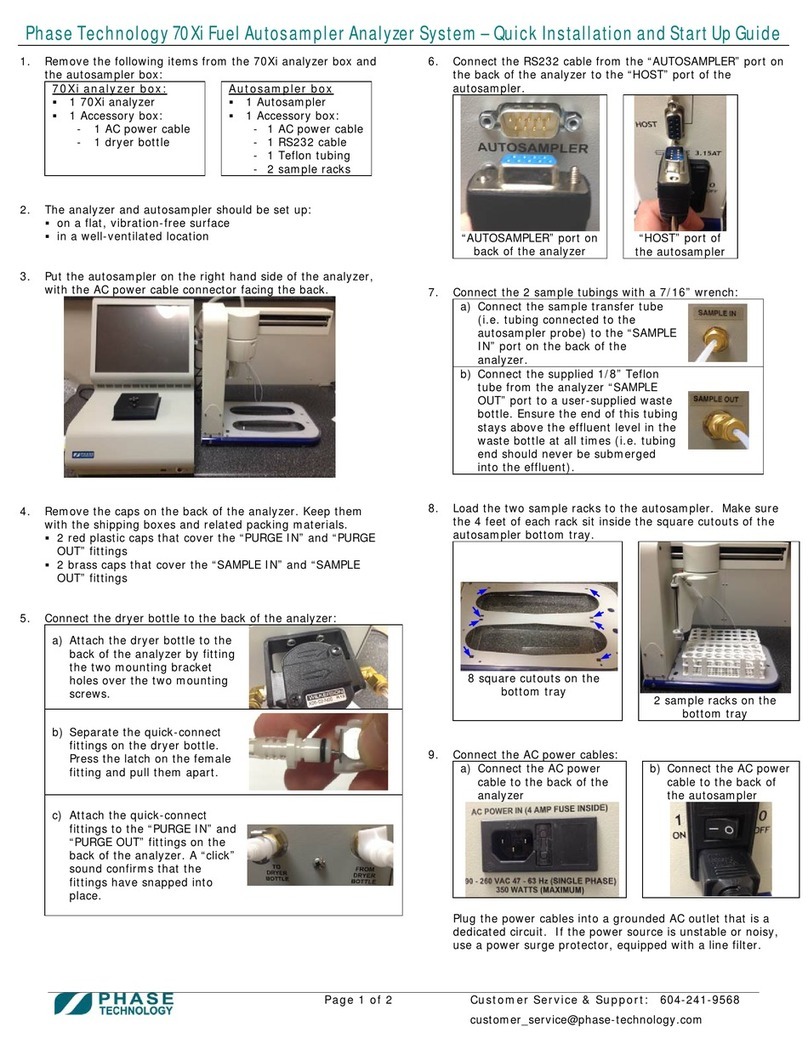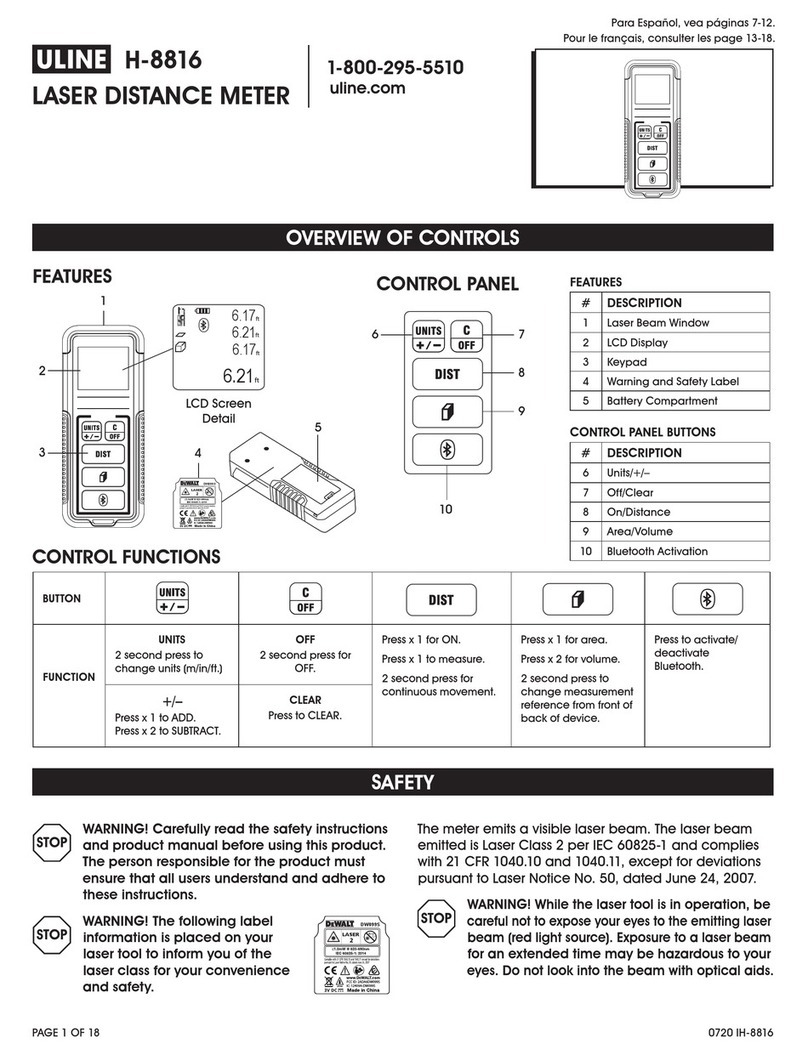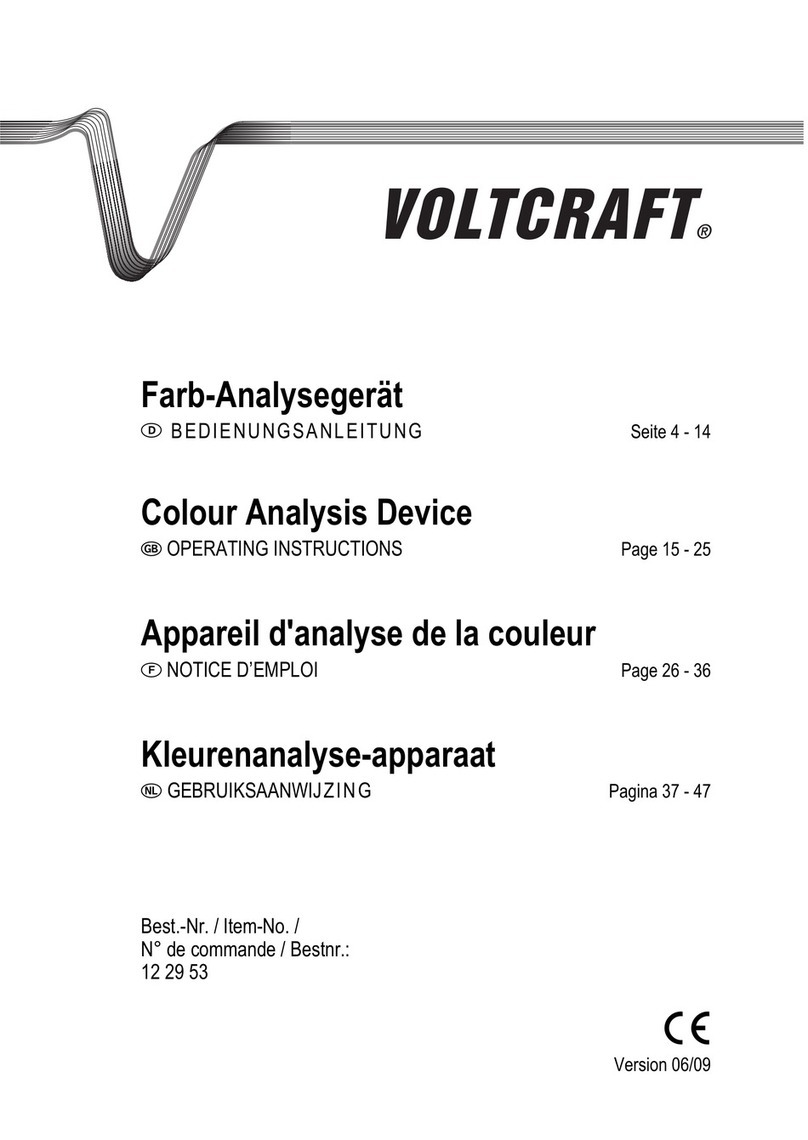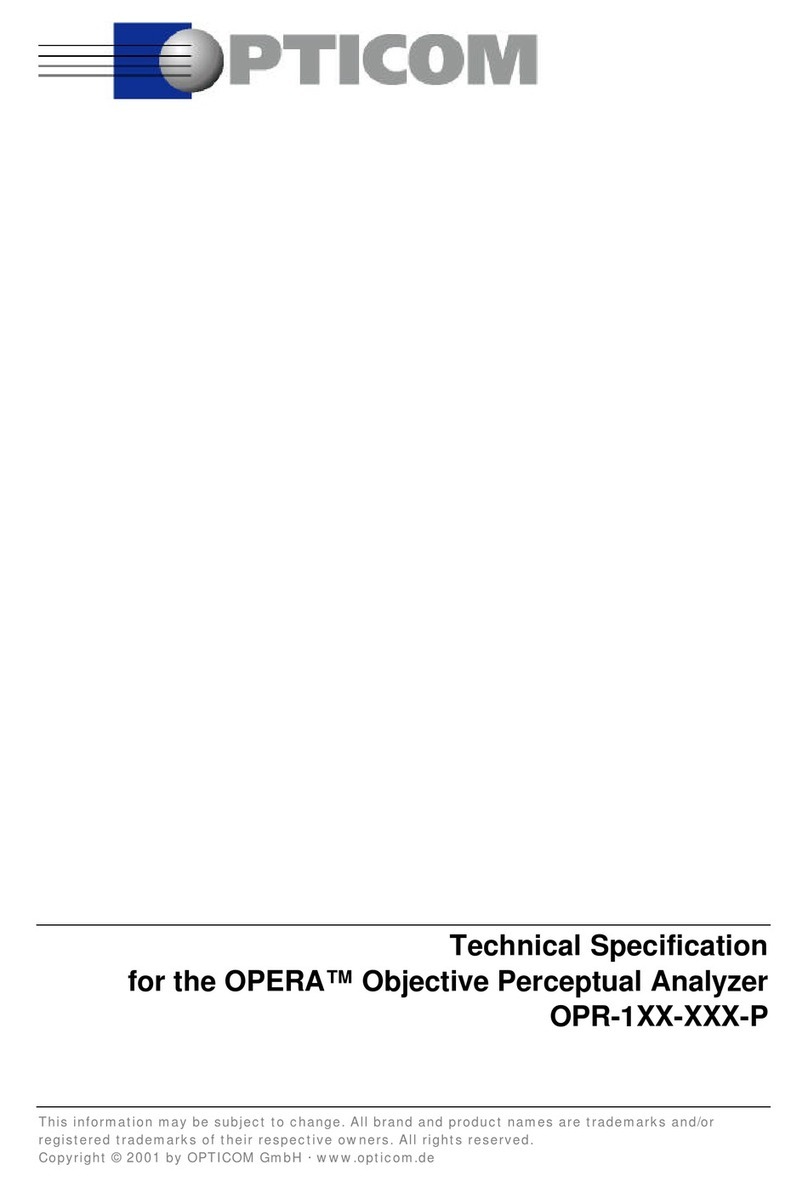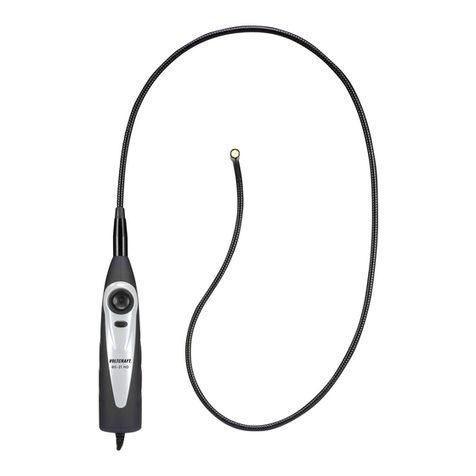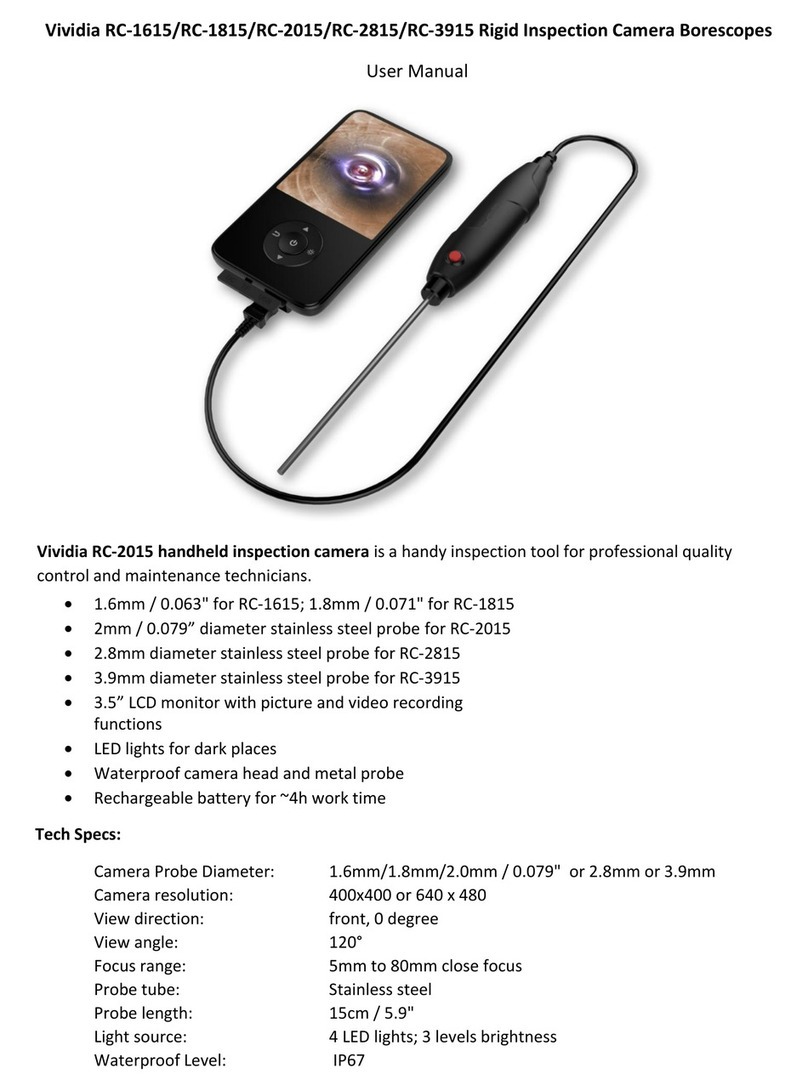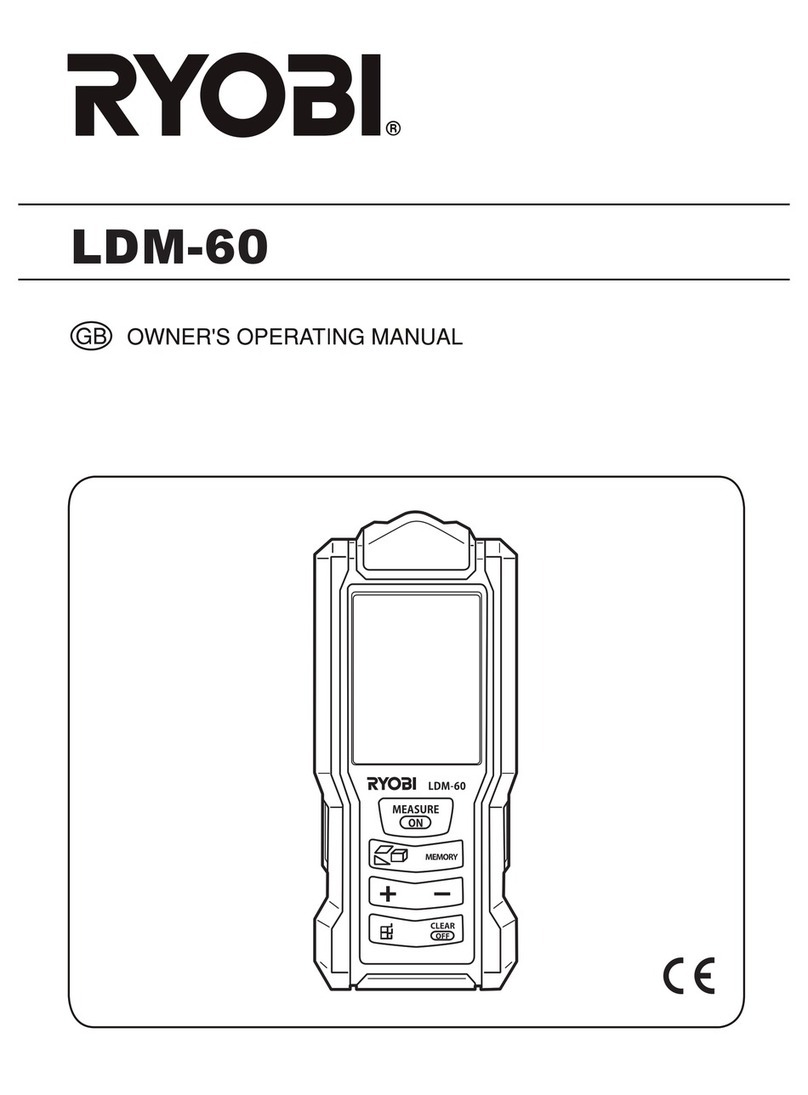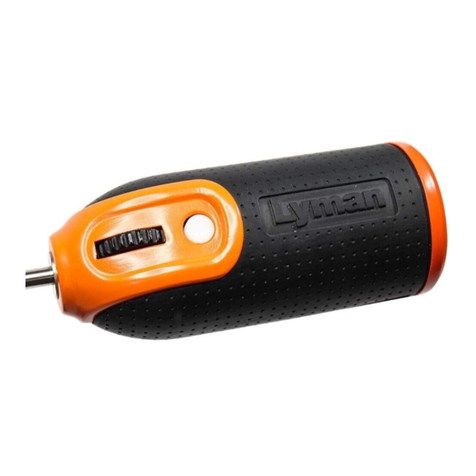
2
Inhalt Contents
2
6.9 Packaging systems................................22
6.10 Sterilization ............................................22
6.10.1 Chemical low-temperature
sterilization with peracetic acid –
STERIS®SYSTEM 1®...........................23
6.10.2 Chemical low-temperature
sterilization with peracetic acid –
STERIS®SYSTEM 1E®.........................23
6.11 Limits of reprocessing............................23
7 Reprocessing (US only)........................24
7.1 Overview table.......................................24
7.2 General warnings...................................26
7.3 Low Level Disinfection (LLD) ..................27
7.4 Manual pre-cleaning ..............................28
7.5 Manual cleaning.....................................28
7.6 Manual High Level Disinfection ..............29
7.6.1 Rinse after High-Level Disinfection.........29
7.6.2 Drying....................................................30
7.7 Inspection and care ...............................30
7.8 Packaging systems................................30
7.9 Sterilization ............................................31
7.9.1 Chemical low-temperature
sterilization with peracetic acid –
STERIS®SYSTEM 1E®.........................31
7.10 Limits of reprocessing............................31
8 Servicing................................................32
8.1 Servicing and repair...............................32
8.2 Limitation of liability................................32
8.3 Warranty ................................................32
8.4 Maintenance..........................................32
8.5 Directive compliance..............................33
8.6 Standard compliance.............................33
8.7 Electromagnetic Compatibility................34
8.8 Disposal.................................................34
8.9 Repair program......................................35
8.10 Infection prevention................................35
9 Technical description ...........................36
10 Appendix................................................37
10.1 Troubleshooting .....................................37
10. 2 Accessories ...........................................38
10.3 Electromagnetic compatibility ................39
11 Subsidiaries...........................................56
6.10.1 Chemische Niedertemperatur-
Sterilisation mit Peressigsäure –
STERIS®SYSTEM 1®...........................23
6.10.2 Chemische Niedertemperatur-
Sterilisation mit Peressigsäure –
STERIS®SYSTEM 1E®.........................23
6.11 Begrenzung der Wiederaufbereitung......23
7 Aufbereitung (nur USA) ........................24
7.1 Aufbereitungstabelle ..............................24
7.2 General warnings...................................26
7.3 Low Level Disinfection (LLD) ..................27
7.4 Manual pre-cleaning ..............................28
7.5 Manual cleaning.....................................28
7.6 Manuelle High-Level-Desinfektion ..........29
7.6.1 Spülen nach High-Level-Desinfektio.......29
7.6.2 Trocknen................................................30
7.7 Inspection and care ...............................30
7.8 Packaging systems................................30
7.9 Sterilization ............................................31
7.9.1 Chemical low-temperature
sterilization with peracetic acid –
STERIS®SYSTEM 1E®.........................31
7.10 Limits of reprocessing............................31
8 Instandhaltung ......................................32
8.1 Instandsetzung ......................................32
8.2 Verantwortlichkeit...................................32
8.3 Garantie.................................................32
8.4 Wartung.................................................32
8.5 Richtlinienkonformität.............................33
8.6 Normenkonformität ...............................33
8.7 Elektromagnetische Verträglichkeit.........34
8.8 Entsorgung............................................34
8.9 Reparaturprogramm ..............................35
8.10 Infektionsprävention...............................35
9 Technische Beschreibung....................36
10 Anhang .................................................37
10.1 Fehlersuchliste.......................................37
10.2 Zubehör.................................................38
10.3 Elektromagnetische Verträglichkeit.........39
11 Niederlassungen...................................56
6.10 Esterilización..........................................22
6.10.1 Esterilización química a baja
temperatura con ácido peracético –
STERIS®SYSTEM 1®...........................23
6.10.2 Esterilización química a baja
temperatura con ácido
peracético – STERIS®SYSTEM 1E®......23
6.11 Limitación de la repreparación ...............23
7 Preparación (solo para los EE.UU.) ....24
7.1 Tabla sinóptica.......................................24
7.2 Advertencias generales..........................26
7.3 Desinfección de bajo nivel (LLD) ............27
7.4 Limpieza previa manual .........................28
7.5 Limpieza manual....................................28
7.6 Desinfección manual de alto nivel ..........29
7.6.1
Enjuague tras la desinfección de alto nivel
...29
7.6.2 Secado..................................................30
7.7 Inspección y mantenimiento ..................30
7.8 Sistemas de embalaje............................30
7.9 Esterilización..........................................31
7.9.1 Esterilización química a baja
temperatura con ácido peracético –
STERIS®SYSTEM 1E®..........................31
7.10 Limitación de la repreparación ...............31
8 Mantenimiento......................................32
8.1 Reparaciones.........................................32
8.2 Responsabilidad ....................................32
8.3 Garantía.................................................32
8.4 Mantenimiento.......................................32
8.5 Conformidad con la directiva .................33
8.6 Conformidad con las normas.................33
8.7 Compatibilidad electromagnética...........34
8.8 Gestión de desecho ..............................34
8.9 Programa de reparaciones.....................35
8.10 Prevención de infecciones .....................35
9 Descripciones técnicas........................36
10 Anexo.....................................................37
10.1 Localización de errores..........................37
10.2 Accesorios.............................................38
10.3 Compatibilidad electromagnética...........39
11 Sociedades distribuidoras...................56
Indice





















